7 Ingredients You Should Be Avoiding in Beauty Products
0 Comments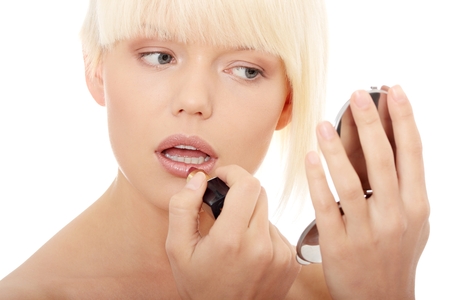
Deciphering what you're buying
Taking care of your appearance has become more complicated in recent years. So many of the chemicals in our personal care products are bad for our health. Do you find it confusing when you try to decipher what you're buying? Do you know what ingredients you are putting on your hair and on your body? Here are seven ingredients to avoid, and why you should stay away from them. B-D-S/PhotoSpin
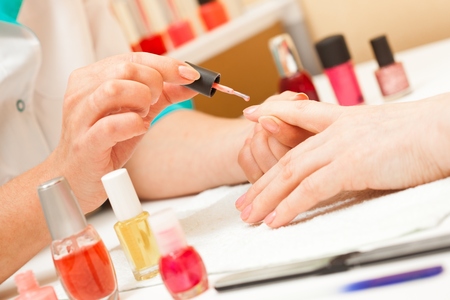
Formaldehyde and Formaldehyde-Releasing Preservatives
Formaldehyde and formaldehyde-releasing preservatives (FRPs) are found in shampoos and liquid baby soaps. It's found in hair products like gel and smoothing products. It's in nail polish and glues. Body washes and soaps, and color cosmetics contain formaldehyde and FRPs. They are used to prevent the growth of bacteria but are absorbed by the skin and may cause cancer and allergic skin reactions. Formaldehyde is considered a human carcinogen. Most at risk are babies and workers in salons and nail salons. Formaldehyde may not be listed on a label. But you can avoid quaternium-15, dimethyl-dimethyl (DMDM) hydantoin, imidazolidinyl urea, diazolidinyl urea, sodium hydroxymethylglycinate, 2-bromo-2-nitropropane-1,3-diol (bromopol). Make sure your nail products say "formaldehyde-free" or "toxic-trio-free" which means they don't contain DBP, formaldehyde and toluene. Source: Formaldehyde And Formaldehyde-Releasing Preservatives http://safecosmetics.org/article.php?id=599 Andrey Armyagov/PhotoSpin
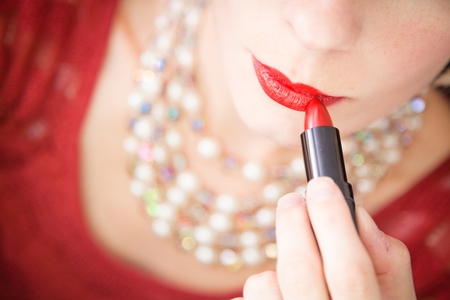
Parabens
Parabens have been used to hinder the growth of bacteria, fungus and other toxins in cosmetics and other personal care products. We didn't know in the beginning that they can cause problems with estrogen, and that they would show up in high concentrations in breast tumors. Parabens have been found in our body tissue and in our urine. They are absorbed through our skin, intact. They can disrupt hormone function, and may increase risk for breast cancer and reproductive problems. They bind to our cells' estrogen receptors. They are found in lots of products including body lotions, conditioners, cosmetics, deodorants, shampoos and toothpastes. They are known as methylparaben, ethylparaben, propylparaben, butylparaben and isobutylparaben. Sources: The Danger In Your Lipstick http://www.prevention.com/beauty/beauty/parabens-dangerous-preservative-cosmetics Should People Be Concerned about Parabens in Beauty Products? http://www.scientificamerican.com/article/should-people-be-concerned-about-parabens-in-beauty-products Benoit Daoust/PhotoSpin

Phthalates
Phthalates soften and plasticize, and they make things glossy. They enhance color and fragrances. Di(2-ethylhexyl) phthalate (DEHP) and dibutyl phthalate (DBP) are commonly found in many cosmetics and hairsprays. Phthalates leach out of their products into the environment. They are in our blood. They are thought to be endocrine disruptors. DEP is considered to be a safe phthalate in cosmetics. DEHP, DBP and BBP are phthalates banned from cosmetics. They are however permitted up to 100 ppm as trace contaminants. DMP, DIBP, DCHP, DINP and DIDP are unregulated since the FDA believes they don't pose a risk. A label must name any phalates in a cosmetic -- unless they are one element of the fragrance. In that case they don't have to be identified. Source: Are phthalates dangerous in cosmetics? http://thebeautybrains.com/2014/03/06/are-phthalates-dangerous-in-cosmetics MonkeyBusiness Images/PhotoSpin
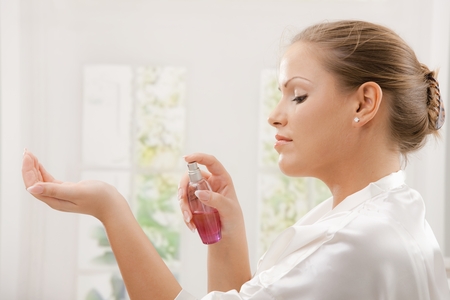
Propylene glycol
Propylene glycol appears frequently as a skin conditioning agent. It is a fragrance ingredient and humectant (helps to retain moisture). It decreases viscosity, which increases fluidity. It can cause irritation to eyes, lungs and skin. It can cause non-reproductive organ system toxicity. Watch out for the names 1,2-dihydroxypropane, 1,2-propanediol, 2-hydroxypropanol, methylethyl glycol, propane-1,2-DIOL, 1,2-dihydroxypropane, 1,2-propylene glycol, 1,2-propylenglykol (German), alpha-propyleneglycol, dowfrost, and methylethylene glycol Source: Propylene glycol http://www.ewg.org/skindeep/ingredient/705315/PROPYLENE_GLYCOL/# B-D-S/PhotoSpin
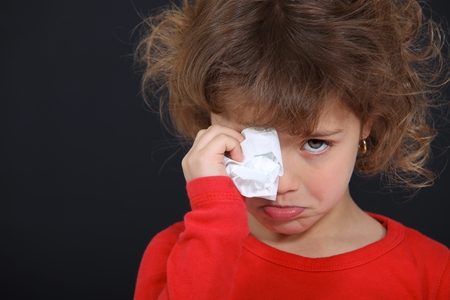
Toluene
Toluene is used in synthetic fragrances and nail products. Toluene toxicity can affect the central nervous system. It can cause CNS dysfunction and narcosis with symptoms of fatigue, headaches, nausea and sleepiness. Inhaling toluene over time can irritate eyes, throat and upper respiratory tract. It can cause headaches and dizziness. Attention deficits as well as anomalies of facial structure and limbs have been reported in unborn children. Source: Toluene http://www.epa.gov/ttnatw01/hlthef/toluene.html Angel Nieto/PhotoSpin
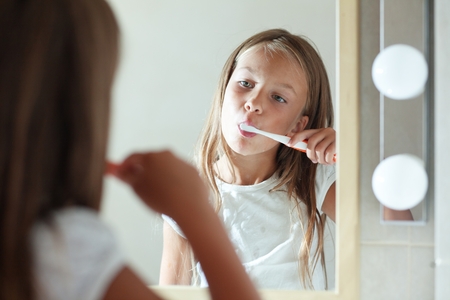
Triclosan
Triclosan is used to inhibit the growth of bacteria. It's found in kitchen tools and fabrics. It can alter the bacterial flora in the intestines and mouth, and on the skin. Triclosan may be linked to greater risk of children developing allergies. It is absorbed through mucous membranes of the mouth after toothpaste use. Triclosan encourages development of Immunoglobulin (IgE) towards allergens. It may be an endocrine disruptor. And some bacteria may be getting immune to it, and on their way to becoming super bugs. Triclosan is used in antibacterial products such as deodorant soaps, hand washes, hand sanitizers and toothpastes. Sources: Triclosan in cosmetics and personal care products can increase allergy risk http://www.sciencedaily.com/releases/2012/11/121114083815.htm Are antibacterial soaps safe? – the Beauty Brains Show Episode 11 http://thebeautybrains.com/2013/12/31/the-beauty-brains-show-episode-11-are-antibacterial-soaps-safe Alena Ozerova/PhotoSpin
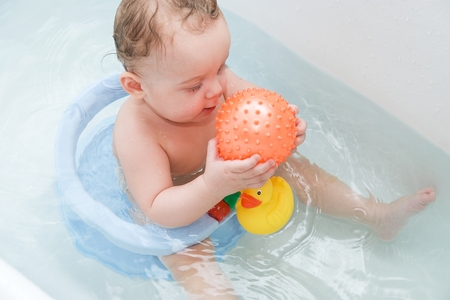
1,4-Dioxane
1,4-Dioxane creates suds in personal care items like baby soaps, bubble bath products, liquid soaps, hair relaxers and shampoos. 1,4-Dioxane is in many cosmetics and personal care products, but it's not listed on labels. It's a contaminant that is formed when product ingredients combine. Look instead for sodium laureth sulfate and PEG compounds, as well as ceteareth, oleth and xynol. It enters through the skin. It causes irritation, organ-system toxicity. The EPA says it is likely a human carcinogen. The California’s Proposition 65 list indicates that it can is suspected to cause birth defects and cancer. Infants, pregnant women and adolescents are at greatest risk. The FDA doesn't require it to be listed on labels since it is created in the manufacturing process. Cosmetics that are certified under the USDA National Organic Program do not contain 1,4-Dioxane. Source: 1,4-Dioxane http://safecosmetics.org/article.php?id=288 Tags: triclosan, pthalates, parabens, formaldehyde, propylene glycol, toluene, 1,4-dioxane Ruslan Olinchuk/PhotoSpin
Add a CommentComments
There are no comments yet. Be the first one and get the conversation started!